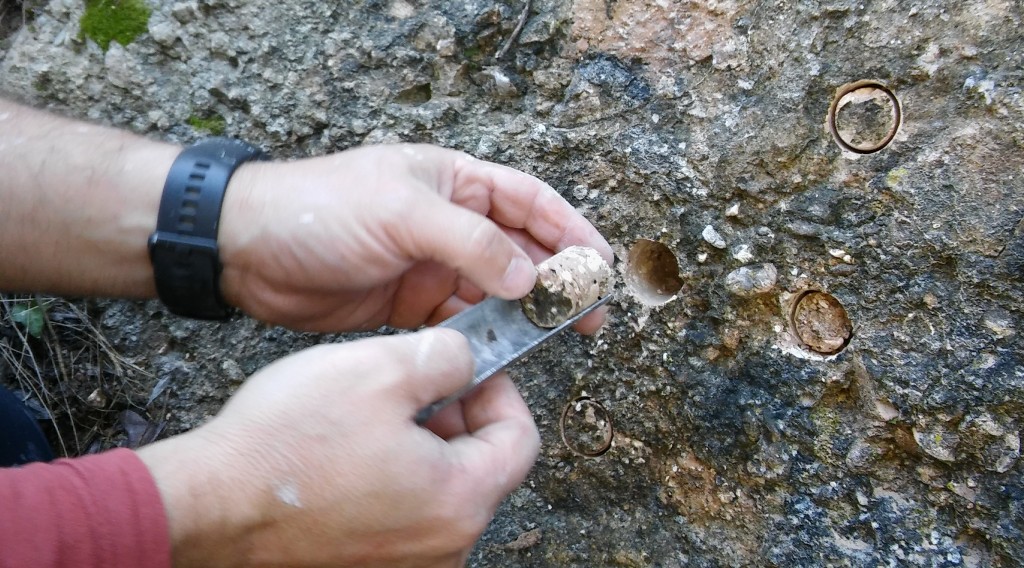
Within the framework of the project on Roman aqueducts of Tarraco, researchers took samples to date the Roman oven with archaeomagnetism analyses.
One of the findings of the archaeological survey at Francolí aqueduct (which began last February) was the discovery of a lime oven very close to the Fonollosa stream (in the municipality of Vallmoll, Tarragona), in an area very close to where the Roman aqueduct began.
Dating this structure is a very important milestone for the project on Roman aqueducts, as the oven could be related to the manufacture of lime: a material that was absolutely necessary for the construction of the Roman pipeline.
The project The Roman aqueducts of Tarraco team contacted Prof. Lluís Casas of the Department of Geology of the Autonomous University of Barcelona (UAB) to extract samples that would allow the dating of the oven by means of archaeomagnetism.

This type of research contributes to improving historical knowledge and dating archaeological sites, an important task in the promotion of archaeological heritage.
The publication of four articles in the Journal of Archaeological Science dealing with archaeomagnetic studies in Catalonia and Tunisia consolidated this research line within the UAB Department of Geology. Here we link a dissemination article posted at UAB Divulga which describes what archaeomagnetism is and provides details on the research undertaken at Punic and Roman sites.
ICAC had already included this analysis in previous projects, also with the collaboration of Lluís Casas and other UAB researchers. Specifically, archaeomagnetic measurements were taken in Roman ovens in Tarragona and Tunisia to determine the chronology of ancient ovens from the Ager Tarraconensis (under the direction of Aureli Àlvarez, from the ICAC Archaeometric Studies Unit).






